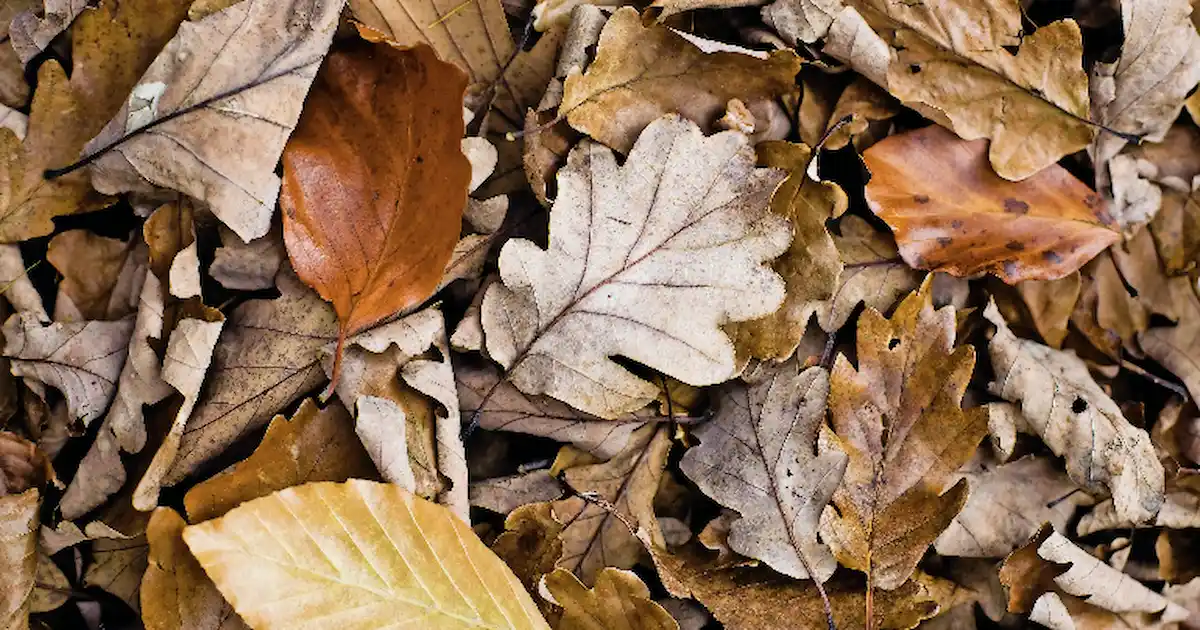Do they promote fish health or not. If yes how?
A lot of people say Tannins have medical qualities.
A few things i feel are true, and some obvious ones is that it can lower the ph, although i suspect the volume of leaf or wood you're using would have to be substantial for that to happen.
Results of experiments showed that tannins possess antimutagenic potentials as well as antimicrobial...fair?
A lot of people say Tannins have medical qualities.
A few things i feel are true, and some obvious ones is that it can lower the ph, although i suspect the volume of leaf or wood you're using would have to be substantial for that to happen.
Results of experiments showed that tannins possess antimutagenic potentials as well as antimicrobial...fair?



